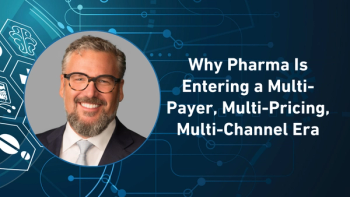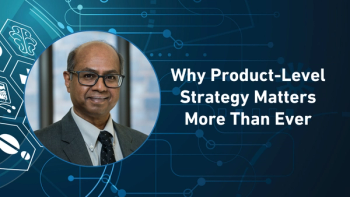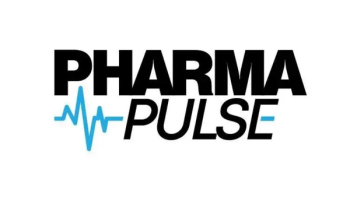
- Pharmaceutical Commerce - July/August 2011
Surveys show declining access to physicians' offices; one in four also no longer accept samples
Industry is reacting to the changing environment by reducing sales investment; watch out for declining access to oncologists
Two broad-based polling and analytics organizations—ZS Associates (Chicago) and SK&A Information (Irvine, CA), a division of Cegedim Relationship Management—have taken the pulse of hundreds of thousands of healthcare providers in recently released surveys. The upshot: one in four physicians no longer accept samples from sales reps; and rep access is highly restricted among 11% of prescribers, and moderately restricted among an additional 34%.
ZS Associaties (Chicago) provides a service to sales operations managers called AccessMonitor, which combines demographic data on prescribers with call reports from subscribing client companies. The result, after data cleansing and normalization, are metrics on call frequency and call plan “attainment” (i.e., call success versus plan). Along with a variety of other measures (such as how incentive plans should be adjusted based on physician access), ZS calculates a measure of “infeasble” calls—sales resources that are essentially wasted due to lack of access.
Access is defined as “low restriction” (physicians seeing reps 70% or more of calls); “high restriction” (seeing reps 30% of time or less); and “moderate.” The specialty with highest access restrictions: primary care (14%); nephrology (13%); and oncology, psychiatry, neurology (each 10%). There is, however, considerable volatility in access by individual prescribers; for example, of the 9% of prescribers with low access in the latter half of 2010, 32% moved to “medium” access in the first half of 2011; conversely, of the 55% with high access in 2010, 19% moved to medium access. Oncologists have been changing rapidly in the past three years: the profession has gone from 76% low-restriction to 47% now.
ZS AccessMonitor trending shows that the industry has been adapting to the new environment fairly quickly. In early 2008, upwards of $3 billion in sales resource commitment was wasted on infeasible calls (based either on the accessibility of the prescriber, or the frequency of calls planned on that subscriber). By the first half of 2011, that had dropped to around $1 billion. “Companies have dramatically improved sales force efficiency through more thoughtful deployment, but there is still plenty of room for advancement when it comes to adopting more effective ways of engaging the doctor,” said Chris Wright, managing principal.
Allergists like samples
SK&A’s primary activity is managing updated contact lists of physicians and other professionals, but routinely polls them on issues relevant to pharma marketing, all of which it rolls up into a service called OneKey. (SK&A also measures physician access; its 2010 results showed that 23% of physicians’ offices were “no see.”) Overall, SK&A finds, 77% of physicians still accept samples. The majority of physicians (68%) prefer samples to be delivered either in-person by a sales representative or mailed by the manufacturer or distributor, while 27% prefer only an in-person visit and 5% prefer to receive only by mail. (Presumably, the mail-only acceptance ties to those who are ordering samples online.)
Allergists/immunologists had the highest sample acceptance rate (96%), followed by ophthalmologists, dermatologists and urologists (92%). “General practice” has an acceptance rate of 75%. Sample acceptance rates decreased as medical practice size increased. For example, practice sizes of 3 to 5 doctors had an acceptance rate of 76% while practices with 10 to 19 doctors had an acceptance rate of only 54%.
“The survey results have been appended to the OneKey, Powered by SK&A database of U.S. prescribers,” said Dave Escalante, VP and GM of SK&A and OneKey, “and can be segmented by practice specialty, geography, office size, ownership and other targeting variables.”
Articles in this issue
about 14 years ago
Pharma IT is going to the cloudsabout 14 years ago
Book Reviewabout 14 years ago
Express Scripts Tackles Medication Adherence With SAS Analyticsover 14 years ago
New Labeling Laws Encouraging Innovative Ways to Update Rx Drug Infoover 14 years ago
Cardinal Health Opens Collaboration Center for RadiopharmaceuticalsNewsletter
Stay ahead in the life sciences industry with Pharmaceutical Commerce, the latest news, trends, and strategies in drug distribution, commercialization, and market access.




